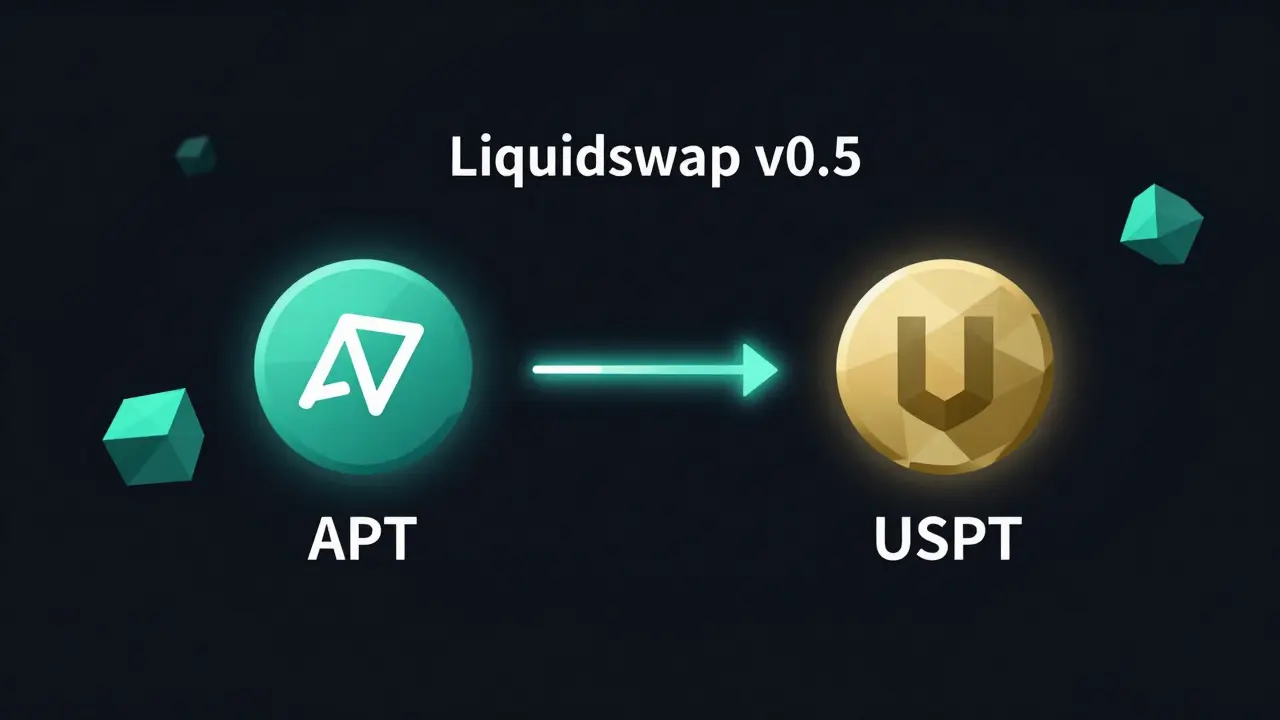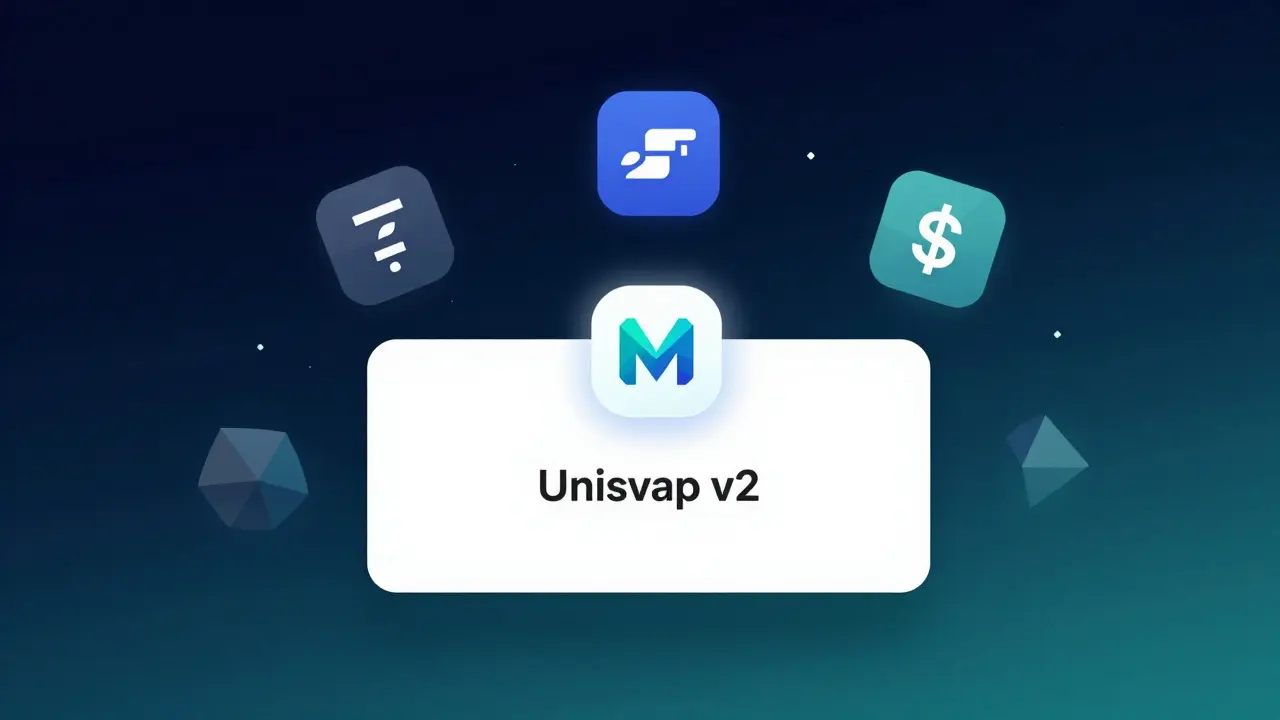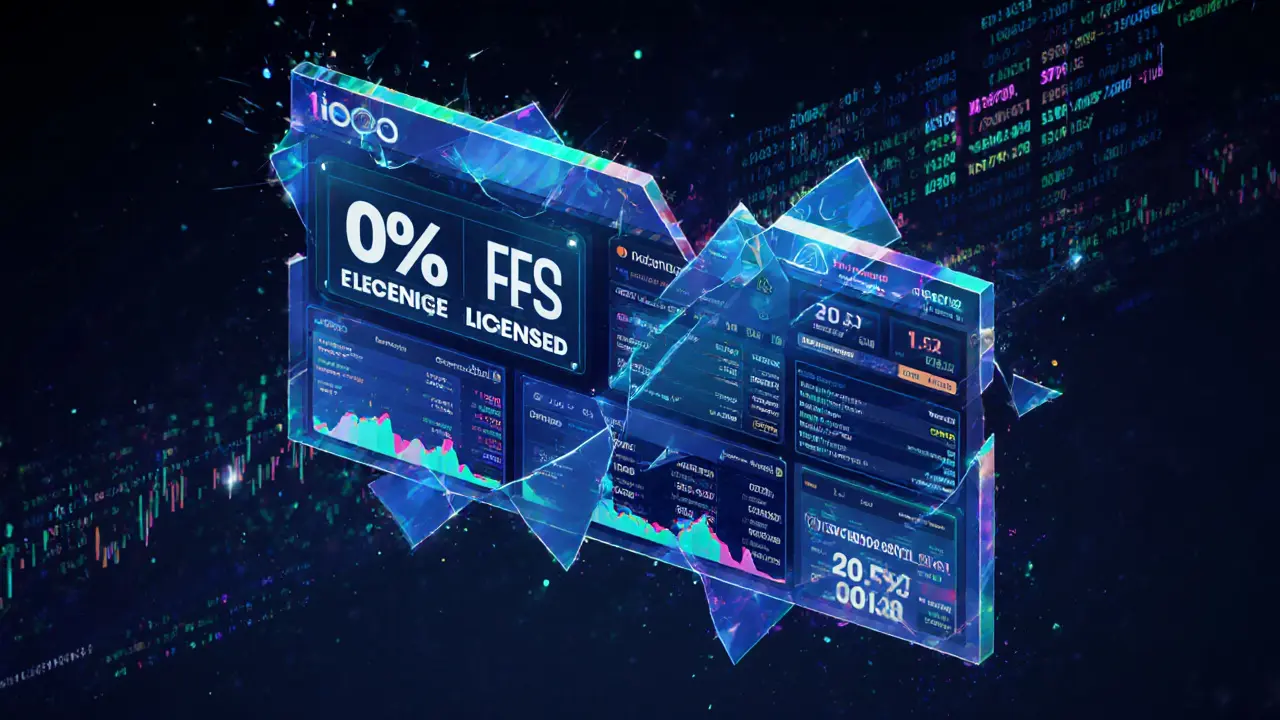Cryptocurrency Exchanges: Reviews, Fees, Security & Regulation
When working with Cryptocurrency Exchanges, platforms that let users buy, sell, and trade digital assets such as Bitcoin and Ethereum. Also known as crypto exchanges, they serve traders, investors, and developers around the globe. Understanding these platforms helps you avoid costly mistakes.
Trading Fees, the charges applied per trade, often expressed as maker and taker percentages are a key factor in overall cost. Lower fees can boost net returns, but they sometimes come with reduced liquidity or fewer features. When comparing exchanges, look at fee tiers, volume discounts, and any hidden charges that might affect your strategy.
Security, the suite of protections like encryption, two‑factor authentication, and cold‑storage custody determines how safe your funds are. Exchanges that undergo regular audits, hold insurance policies, or adopt multi‑sig wallets tend to inspire more trust. A breach can wipe out balances overnight, so evaluate the security track record before committing capital.
Regulation, the legal framework governing licensing, reporting, and consumer protection varies by jurisdiction and influences everything from deposit limits to dispute resolution. A regulated venue often provides clearer recourse if something goes wrong, while unregulated platforms may offer higher yields at greater risk. Keep an eye on the exchange’s licensing status and any recent regulatory actions.
All three aspects—fees, security, and regulation—interact to shape the user experience on any crypto exchange. By weighing them together, you can pick a platform that matches your risk tolerance and trading style. Below you’ll find in‑depth reviews that break down each exchange’s performance on these fronts, giving you the data you need to act confidently. Cryptocurrency Exchanges can be complex, but the right information makes the choice a lot easier.
Liquidity is another critical piece of the puzzle. High‑volume markets let you enter and exit positions with minimal slippage, while thin order books can turn a small trade into a big surprise. Look for exchanges that report real‑time depth charts and have a history of steady market making; those signals usually mean smoother execution.
User experience often decides whether you stay on a platform for the long run. Intuitive dashboards, responsive mobile apps, and robust API access let you trade on the go or automate strategies. Platforms that bundle charting tools, watchlists, and news feeds into a single UI can save you time and reduce the chance of errors.
Finally, consider the ecosystem around each exchange. Some offer built‑in DeFi swaps that promise zero‑fee trades, while others integrate staking or lending services. Those extra features can boost your overall return but also add layers of risk. Keep the balance between convenience and safety in mind as you evaluate each option.
With these factors in hand, you’re ready to dive into the detailed reviews below and find the exchange that fits your goals.

Liquidswap v0.5 is a zero-fee decentralized exchange on the Aptos blockchain. Perfect for APT holders who want cheap swaps and passive income from liquidity pools - but not for beginners or those needing broad token options.
- Read More
- Nov, 30 2025











